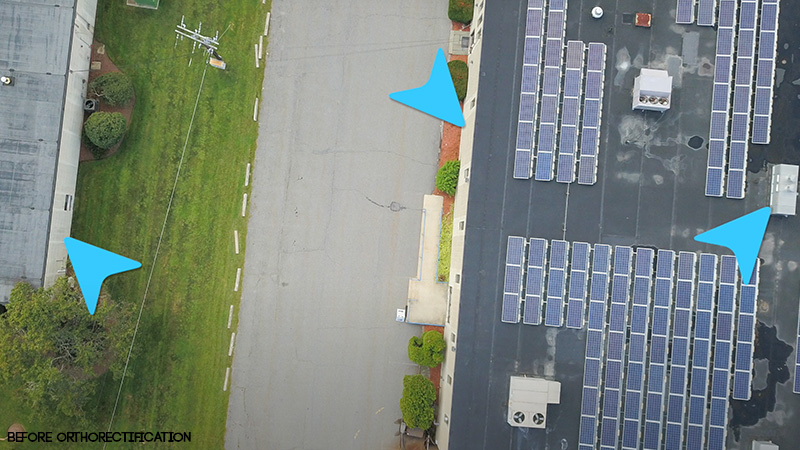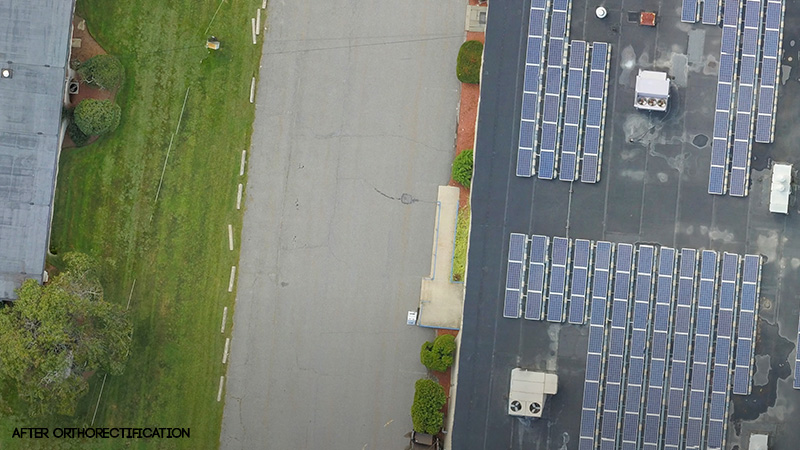ARPAS-UK has formally written to Checkatrade, the well-known online directory of trusted tradespeople, to express serious concerns regarding the way drone roof inspections are currently being priced and represented on their platform.
We were prompted to act after noting listings offering drone inspections for as little as £99, a figure that does not reflect the true cost of delivering a safe, compliant, and fully insured drone service.
In our view, this under-pricing not only misrepresents the complexity of professional drone operations, but also risks misleading consumers and undermining reputable operators.
Key Issues Raised in the Letter to Checkatrade
One: True Cost of a Professional Drone Inspection
We explained that £99 is not a realistic price for a professionally delivered drone roof inspection. A legitimate and compliant operation typically costs between £250 and £400, depending on factors such as:
- The size and complexity of the property
- Proximity to controlled airspace
- Reporting and data requirements
This pricing reflects the real-world cost of ensuring the job is completed safely, legally, and to a high professional standard.
Two: What a Proper Drone Inspection Involves
We highlighted that a professionally delivered inspection goes far beyond simply flying a drone. Key elements include:
- Public Liability & Aviation Insurance: Operators should hold aviation-specific insurance that complies with EC Regulation (EC) 785/2004 — this is not covered by general business insurance.
- Risk Assessments and Pre-Flight Planning: Professional operators undertake detailed pre-site surveys, including airspace checks, weather analysis and safety risk assessments.
- Qualified Operators: While certification is not always legally required, those holding recognised Civil Aviation Authority (CAA) approvals have demonstrated a clear understanding of safe and responsible drone operations.
- Comprehensive Reporting: Quality inspections include high-resolution imagery or video, and where relevant, expert commentary on defects or issues — adding further time and value to the service.
Three: Risks of Underpricing and Misrepresentation
We urged Checkatrade to recognise that pricing drone inspections at unrealistic levels increases the likelihood of:
- Consumers inadvertently hiring uninsured or unqualified operators
- Low-quality outcomes due to rushed or unsafe practices
- Damage to Checkatrade’s own reputation, should poor experiences occur
Four: A Call to Collaborate
Rather than simply raising an objection, we invited Checkatrade to work with ARPAS-UK to ensure drone inspection services are better represented on their platform. We believe that providing guidance and realistic expectations will benefit:
- Consumers, by improving transparency and safety
- Qualified operators, by helping them compete fairly
- Checkatrade, by upholding its reputation as a trusted source of quality services
Why This Matters
As the UK’s leading professional body for drone operators, ARPAS-UK is committed to high standards, safety and supporting consumer trust in drone services. The growing popularity of drones in the construction and property sectors brings huge benefits — but only if these services are delivered responsibly.
We believe this is an opportunity for platforms like Checkatrade to become part of the solution: helping customers make informed choices, while supporting qualified, insured, and compliant operators.
We look forward to a constructive response and hope to establish a dialogue on this important issue.
Link to Checkatrade page being discussed in this article
Why not Subscribe to our YouTube Channel & hit the Notification Bell
26 March 2025

















